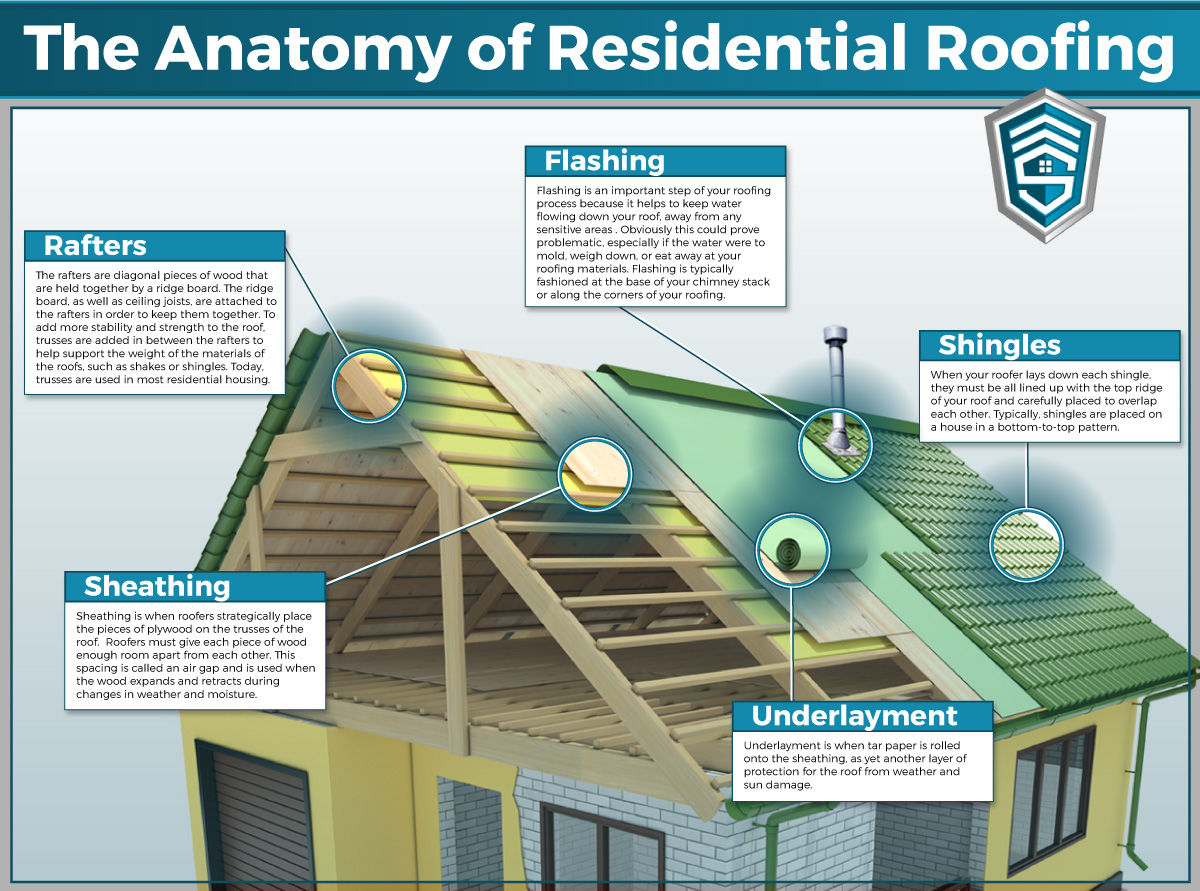Ignoring Roof Covering Air Flow Can Incur High Expenses Out Of Commission; Recognize The Essential Variables That Make Sure Appropriate Installation And Safeguard Your Economic Interests
Ignoring Roof Covering Air Flow Can Incur High Expenses Out Of Commission; Recognize The Essential Variables That Make Sure Appropriate Installation And Safeguard Your Economic Interests
Blog Article
Composed By- mouse click the up coming web site
When you're dealing with a roofing job, you could not believe much concerning roofing system ventilation, yet it's more essential than you realize. Reliable ventilation helps control temperature and dampness in your attic room, stopping issues like mold and architectural damage. By understanding just how to develop and set up a balanced air flow system, you can enhance energy efficiency and extend the life-span of your roof materials. So, what are the essential factors to consider during installation that can make all the distinction?
Significance of Roofing System Air Flow
Roof air flow plays an essential role in keeping the general health of your home. By enabling fresh air to flow via your attic room, it aids control temperature and dampness degrees. This balance is important to avoid warmth build-up during hot months, which can bring about increased power prices as your cooling works overtime.
Moreover, appropriate air flow significantly decreases the threat of moisture-related problems like mold and mildew and mildew. If moisture levels climb, your home's architectural integrity can be compromised, causing costly repairs. You would not intend to deal with decomposing timber or distorted roof covering products, right?
Additionally, ample ventilation extends the life-span of your roofing system. When heat and dampness are kept in check, your roof covering can perform efficiently, protecting against premature deterioration. This indicates fewer migraines and costs down the line.
Just How Roofing System Ventilation Functions
Effective roofing system air flow relies upon the all-natural activity of air to create an equilibrium in between consumption and exhaust. When you install vents, you're essentially permitting fresh air to enter your attic while enabling hot, stale air to get away. This process helps regulate temperature level and wetness degrees, preventing problems like mold and mildew growth and roof covering damages.
Intake vents, usually located at the eaves, pull in awesome air from outdoors. Meanwhile, exhaust vents, located near the ridge of the roof, let hot air rise and exit. roof installation san antonio, tx sky roofing construction & remodeling in temperature creates a natural air movement, known as the pile effect. As warm air increases, it creates a vacuum that draws in cooler air from the lower vents.
To enhance this system, you require to make certain that the intake and exhaust vents are appropriately sized and positioned. If the consumption is restricted, you will not attain the preferred ventilation.
Similarly, insufficient exhaust can trap heat and moisture, leading to possible damages.
Secret Installation Considerations
When mounting roofing ventilation, numerous vital factors to consider can make or break your system's effectiveness. First, you require to examine your roof's layout. The pitch, shape, and products all affect air movement and ventilation option. Make sure to choose vents that match your roof type and neighborhood environment conditions.
Next off, consider the placement of your vents. Preferably, you'll want a well balanced system with intake and exhaust vents positioned for ideal air movement. Area consumption vents low on the roofing system and exhaust vents near the top to urge a natural circulation of air. This arrangement assists stop moisture build-up and promotes energy performance.
Do not forget insulation. Appropriate insulation in your attic room prevents warm from escaping and maintains your home comfy. Ensure that insulation doesn't block your vents, as this can hinder airflow.
Finally, think of upkeep. Select ventilation systems that are simple to gain access to for cleansing and examination. Regular maintenance ensures your system remains to operate successfully in time.
Verdict
In conclusion, roof covering ventilation is necessary for a successful installation. By guaranteeing proper air flow, you can stop heat buildup and dampness issues that result in pricey damage. When you strategically position consumption and exhaust vents, you boost energy performance and extend the life-span of your roofing system. Bear in mind, a well-ventilated roofing not just protects your financial investment yet also improves your indoor air high quality. So, focus on air flow to make sure a resistant and cost-effective roofing system for your home.
